Several weeks ago a client, who is a longtime Hale County native, asked me if I was from Samantha. I told him yes. That I grew up there and live there now in the house I grew up in. Why, I asked? He wanted me to tell him about the “famous” overflowing well that has healing powers. Famous? Healing Powers? Hmm, that was a new one on me. I really didn’t have too much to tell him, except that it existed and lots of people get water there.
That night I told Benny about that conversation and he said, “you should write something about the overflowing well”. He’s always encouraging me to write. But I didn’t give it much thought for a while. Then, several weeks later a picture of a beautiful little girl standing at the well filling a water bottle popped up on my Facebook feed with a caption that said, “Nanna, it’s a miracle”.
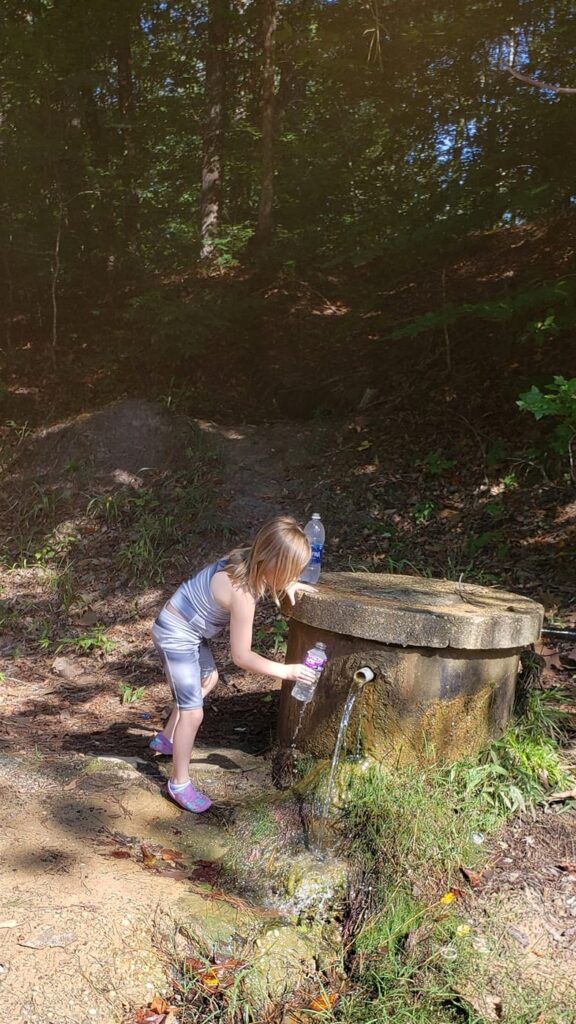
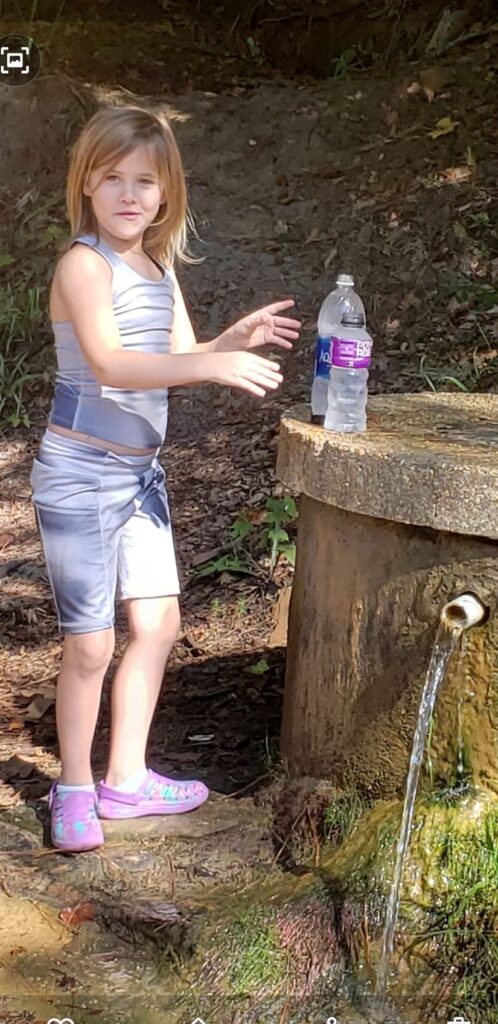
I decided it might be interesting to write a little blurb about it. It made me think about how things can become so familiar that we don’t see them, but to someone else who hears about it or sees it for the first time, will be curious and have interest in knowing more of the details. Sort of like when you travel hundreds of miles to vacation or camp somewhere when we have the exact same thing in our back door almost. Anyway, I began asking longtime community residents questions about the history of the overflowing well on Campround Road.
I started first with my family. My oldest brother, Larry, didn’t seem to know much more about it than I did except that it was on the property belonging to the Tierce family. He said I would need to talk to an “old” man in the community who could probably give me some history of how it came to be. He thought for a minute and said, “wait, I am an old man. Maybe, you need an older man”, and he suggested Mr. Skeet Boone because we all know Mr. Skeet knows everything. 🙂 Mr. Skeet didn’t know any details about the history, just that it had always been there.
Same with Ricky and LaWanda – that it has always been there. LaWanda knew more details about the Tierce family. John and Lura Tierce were the original owners but they have been gone many years. I attempted to find and did reach out to several Tierce descendants but was unable to connect with anyone. LaWanda asked her oldest brother, Wade Gilliam, about how the overflowing well came to be. Bingo! We hit pay dirt – or water in this case. Wade said when the road was built there was a spring or more of an artesian well in the middle of the road, so the County had to pipe it so it would run in the ditch. Now, I’m no geologist or expert on these sorts of things so I went to google to learn more. What I learned is that Artesian water is always under pressure to reach the surface. While spring water may emerge through pressure, it may need to be pumped. Springs become artesian when the water flows to the surface without the aid of a pump. I reached out to the County to see if there were any records from when the road was built and was told they only have records starting when the roads were changed from Rural Routes to named roads.
Next, Benny and I visited with Buster Bolton. Buster has lived on land for many years near the overflowing well that also borders Campground Road. Buster confirmed that when the road was being built, the county helped John Tierce pipe it. He said that from time to time the pipes will get stopped up from leaves and trash and that his son, Todd, will help keep it cleaned out. Buster shared a memory of eight or ten years ago when there was a serious drought one summer, folks would be lined up all the way to the Cabiness House to get water.
We were talking to my son, Shane, about our visit with Buster and our discussions about the overflowing well. Shane said that when he played football at Northside High School, before Carrolls Creek water was available, their water boy would fill the water coolers from the overflowing well. He said the school water had Sulpher in it and was undrinkable so the water from the overflowing well would taste so good when they were hot, tired and beat up during practice and games.
More times than not, when you pass by the overflowing well on Campground Road, you will see someone filling up water bottles, empty milk cartons, coolers and/or big tanks. It is a continuous flow of cool, clear water that serves our community freely. I can’t help but think about Jesus’ words to the woman at the well “…Whoever drinks of this water will thirst again, but whoever drinks of the water that I shall give him will never thirst. But the water that I shall give him will become in him a fountain of water springing up into everlasting life.” John 4:13-14 NKJV.
Thank you to all who took the time to talk with me about the overflowing well. Special thanks to Lee Rutley from Moundville and Miss Adaline Alexander for inspiring me to take a second glance at this community landmark. And thank you to my sweet hubby for always encouraging me. Although this little blurb is just a bunch of my jumbled together words and I didn’t find any evidence of healing in the water, I have so enjoyed talking with you. Your stories and memories have caused me to pause and think about times gone by. We had such a wonderful visit sitting in the shade talking with Buster about life in Samantha and remembering some folks no longer with us. As time goes by so quickly I have come to love and appreciate history, especially when it is connected to me and my family and friends. Please share any memories you have about the overflowing well on Campground Road in Samantha, Alabama.
Always keep “The Son” in your eyes.
SCROLL TO THE BOTTOM TO LEAVE COMMENTS
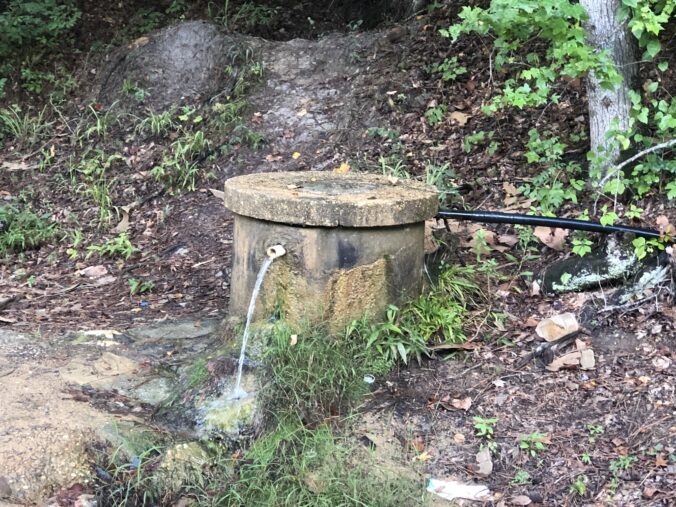
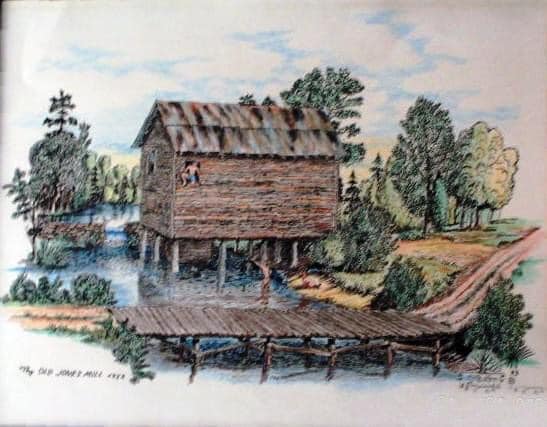

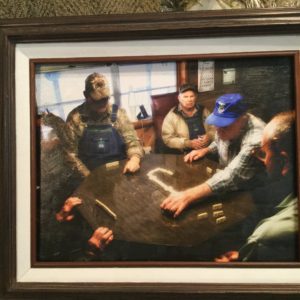
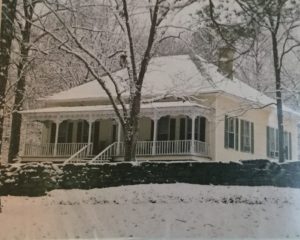
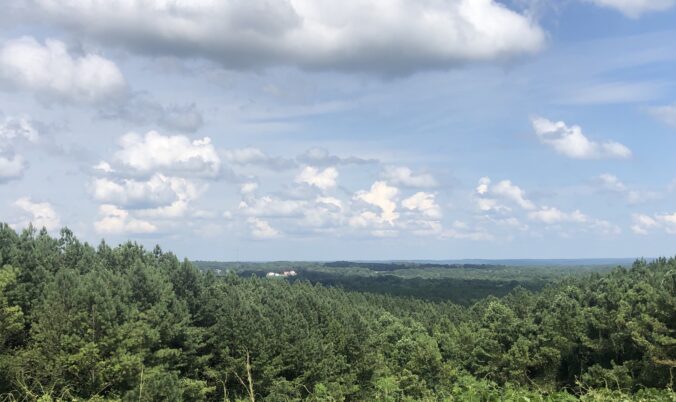
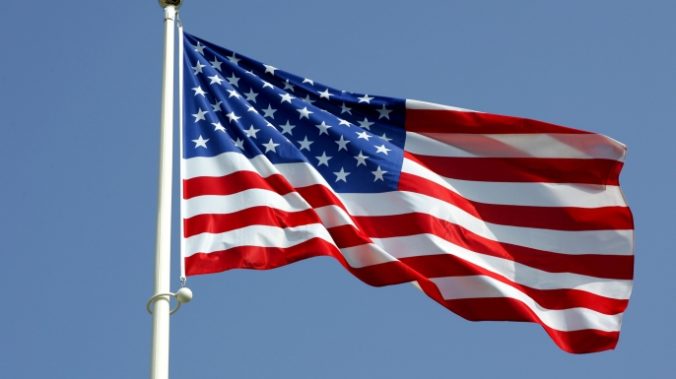


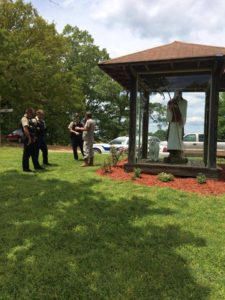
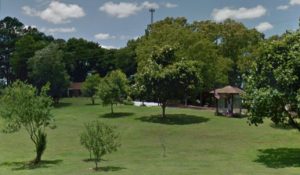
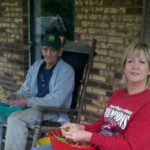

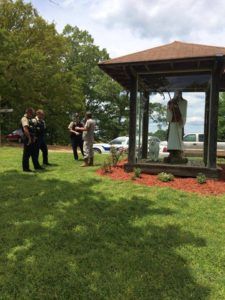
Most Recent Comments